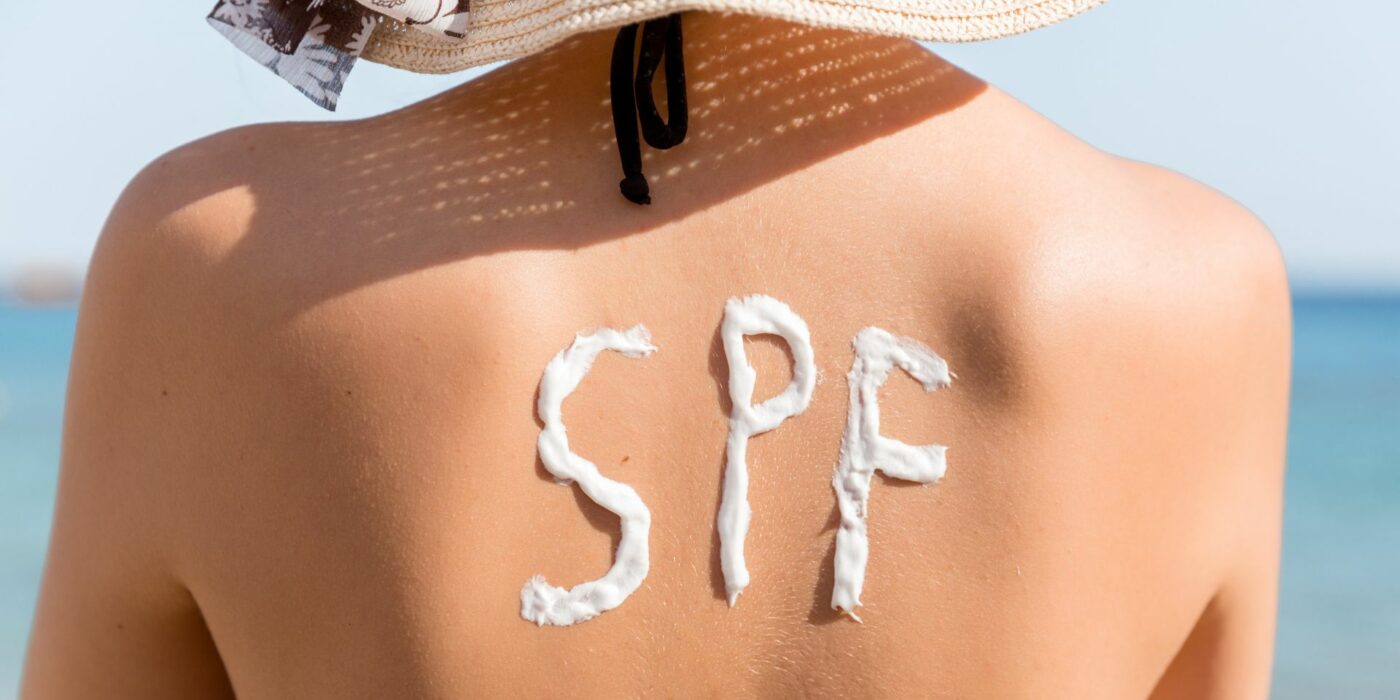How does an SPF work? It is SPF?
SPF stands for sun protection factor. It is a measures of how well a sunscreen will protect our skin from UBV rays which is the kind of radiation that causes sunburn, damages skin and can lead to skin cancer. All sunscreen products protect against UVB rays.
What’s the difference between the different SPFs?
SPFs are rated on a scale of two to 50+ depending on the protection they offer. The number shows how long the sun’s UV rays would take to burn your skin with sunscreen, compared to the time it would without.
If you skin would normally burn after 10 minutes in the sun, applying an SPF 15 sunscreen would allow you to stay in the sun without burning for approximately
150 minutes (a factor of 15 times longer). This is a rough estimate that depends on skin type, intensify of sunlight and the amount of sunscreen used.
Generally, SPF 15 is considered mild protection, 15-30 is considered moderate protection and 30+ is considered high protection. Whatever SPF you use, make sure you reapply sunscreen every two hours to help keep your skin safe.
Which SPF should I use?
When choosing which SPF is best for you skin tone is important. Skin types can be divided into six different categories. These range from fair skin that burns very easily and doesn’t tan through to darker skin that doesn’t burn easily.
Those with fair skin, light-coloured eyes and freckles are at highest risk of sunburn and skin cancer. They should always use a sunscreen with an SPF of at least 30. If you’re very fair, you’re at a higher risk of causing damage to your skin if it’s exposed to the sun without protection.
Those with a darker complexion have more natural sun protection. Even if you have darker skin sunscreen you should still use a sunscreen with an SPF of at least 15 to protect your skin. Even if darker skin doesn’t visibly burn, there’s still a risk of the skin being damaged beneath the surface which could lead to long-term skin damage
including skin cancer.
Extra care must be taken to protect babies and children as their skin is much more sensitive. Always apply a high protection sunscreen of at least SPF 30 and preferably SPF 50 and babies younger than six months should be kept out of direct sunlight.
Staying Safe in the sun
Remember whichever type of sun protection you use keep your sunscreen topped up regularly when you are in the sun. Do not rely on sunscreen alone when it’s hot outside you should try to protect your skin by wearing a hat and a t-shirt. Between 11am and 3pm when it is the hottest time of the day choose a high SPF to help prevent sunburn and to protect your skin.

